Maintaining the swimming pool pump system is essential and should be conducted regularly. The pool pump basket plays a crucial role in this system, serving as the first line of defense against debris entering the pump. If the basket is clogged, cracked, or improperly seated, water flow declines, the pump experiences strain, or the system may fail. It is important to recognize and troubleshoot common issues with the pool pump basket to ensure clear water and extend the pump's lifespan. This guide examines frequent problems such as clogging, suction loss, and damaged baskets, providing step-by-step solutions to keep the system operational. By performing lower-level routine pool maintenance and care on your pool, you can also prevent more significant issues in the future.
| Table of Contents: Why the Pool Pump Basket Matters Signs of Pool Pump Basket Trouble Common Pool Pump Basket Issues and Their Fixes How to Clean the Pool Pump Basket When Should You Replace Your Pump Basket? Preventative Maintenance Tips for Longevity |
Why the Pool Pump Basket Matters
The pool pump basket is a crucial component of the filtration system in your swimming pool's circulation setup. Its primary function is to collect and store debris from the water before it reaches the pump, thereby preventing clogs in both the pump and the pool pump impeller. If the pool pump basket is not functioning correctly, it can lead to several issues, including reduced water flow, increased energy costs, and potential damage to your pump.
Signs of Pool Pump Basket Trouble
It is important to know the signs of trouble with your pool pump basket to detect problems early and fix them before they get worse. Here are some key indicators:
Reduced water flow: A clogged or damaged basket may be the cause of noticeably low water flow in the pool.
Strange noises: If the pump makes unusual sounds, there may be a problem in the basket or impeller.
Frequent clogging: If the basket has to be cleaned over and over again, it needs to be changed.
Air bubbles: Air in the pool pump basket means there could be suction leaks or other problems that need to be addressed right away.
Pool Pump Plumbing Fittings: Here’s What You Need to Know
Common Pool Pump Basket Issues and Their Fixes
When the basket develops issues, it can lead to reduced pump performance or even damage. Here’s a quick guide to identifying and fixing the most common pool pump basket problems:
-
Clogged basket — how to clean it properly
A clogged pool pump basket is one of the most prevalent problems. Cleaning the basket properly is essential for maintaining optimal pump performance.
One of the most common problems is a clogged pool pump basket. Proper cleaning of the basket is necessary to ensure the best pump performance.
Turn off the pump: Turn the power off to the pump to ensure safety.
Remove the lid: Carefully unscrew the lid of the pool pump basket.
Take out the basket: Gently remove the basket to prevent damaging it.
Clean the basket: To do this, use a hose to wash the debris and leaves away. A soft scrub brush can be used for stubborn dirt.
Inspect for damage: Look for any cracks or problems in the basket.
Replace and secure: Put the cleaned basket back, making sure the lid is tightly closed, and turn the pump back on.
-
Cracked or damaged basket—when to replace it
A pool pump basket that is cracked or severely damaged will not be efficient and should be replaced as soon as possible.
Inspect regularly: During routine maintenance checks, look for visible cracks or warping.
Select the appropriate size: When replacing, ensure that the new basket matches your pump specifications.
Follow instructions: Install the new basket according to the manufacturer’s guidelines.
-
Loose basket fit—sealing and securing methods
A pool pump basket that doesn’t fit tightly can let debris bypass the filtration. Here are solutions to ensure a secure fit.
Check the alignment: Ensure that the basket is seated properly in its housing.
Consider replacement gaskets: If the current gasket is worn, replacing it will help to provide a better seal.
Use lubricants: A little silicone-based lubricant on the rim can help it fit better.
-
Improper lid seal—fixing O-ring and tightening the tips
Air in the pool pump basket can occur if the lid seal is not correct, and air gets into the pump basket, and the pump will not prime properly.
Inspect the O-ring: Check for any visible wear or damage on the O-ring.
Use lubrication: Silicone grease should be applied to the O-ring to improve its sealing.
Tighten the lid: Tighten the lid securely but not too tightly.
-
Basket Not Filling with Water—Prime the pump
If the pump basket is not filling with water, then the pump may not be priming properly.
Check for air leaks: Check all joints, fittings, and hoses for air intrusion.
Fill the basket manually: Help the pump prime itself by pouring water into the basket directly.
Run the pump: Turn on the pump and check for proper operation once the water is in.
-
Debris Returning to Pool—Check for tears, lid seal, and impeller
If you see debris coming back into the pool, you will need to investigate further.
Inspect the basket: Check for tears or holes in the basket that need to be dealt with.
Check the lid seal: Make sure the lid closes tightly to avoid debris leakage.
Examine the impeller: This issue can also be caused by debris caught in the impeller. Remove any obstructions carefully.
-
Suction Loss Due to Air Leaks—Diagnose and patch suction leaks
Air leaks in the system usually cause suction loss.
Inspect all connections: Check for cracks or loose fittings on all connections.
Patch leaks: Minor leaks can be fixed with appropriate sealants or tape.
Replace hoses: If the hoses are cracked or damaged, it is best to replace them altogether.
-
Basket Warping from Heat—Inspect for overheating causes
Warped pool pump baskets are another indicator that you need to do a check on your swimming pool pump's environment; the higher the temperature, the more likely you are to have this problem.
Check installation: The pump should be installed in a well-ventilated area and away from excessive heat.
Monitor operating temperatures: Watch the operating temperature of your pump to prevent heat damage.
How to Clean the Pool Pump Basket
Swimming pool pump problems can be prevented by regular pool pump basket cleaning. The cleaning frequency depends on:
Pool usage: More frequent cleaning may be needed for higher usage.
Seasonal factors: Near foliage or in autumn will result in more debris.
Gather supplies: Get gloves, a hose, a bucket, and a mild scrub brush.
Turn off the pump: To prevent accidents, power should always be shut off.
Remove the lid: Carefully take apart the lid of the pool pump basket.
Rinse thoroughly: Rinse debris off the basket using the hose. Make sure that water flow has clear pathways.
Scrub stubborn build-up: Gently scrub with the brush for any difficult stains or fissures.
Dry it out: Before reinstalling, shake off excess water to avoid mold.
When Should You Replace Your Pump Basket?
A good replacement rule of thumb for your pump basket may be about every 24 to 30 months.
Cracks or deformation: Visible damage necessitates immediate replacement.
Frequent clogging issues: If cleaning doesn’t resolve the issue, and becomes a regular chore.
Outdated design: Upgrading is a consideration for better materials and designs that provide better filtration efficiency.
Preventative Maintenance Tips for Longevity
Keeping on top of your pool maintenance is vital for ensuring that your pool pump basket and your whole pool system last for as long as possible:
Regular inspections: Regularly check for wear or damage, or leaks.
Scheduled cleanings: Set a routine to maintain a cleaning schedule according to your use of the pool.
Use a pool skimmer basket: Invest in a pool skimmer basket so it catches debris before it reaches the pump.
Monitor chemical levels: Balance the water chemistry to stop corrosion and wear of your equipment.
Pool Maintenance: How to Open and Clean a Pool Pump Basket
If you maintain and pay attention to your pool pump basket, it will help you get more life out of your whole pool system. By implementing the troubleshooting tips mentioned in this guide, you will be able to tackle the common issues effectively. Keeping on top of issues such as clogs, air leaks and maintenance can avoid minor things turning into major headaches. Keeping your pool pump basket clean and up to standard will help your pump operate correctly, and you can enjoy a clean and sparkling swimming pool. USAPoolShop offers essential replacement parts, including valves, o-rings, pressure gauges, and plumbing fittings. Find the parts you need to keep your pool setup running smoothly!
FAQs
Why is my pool pump basket not filling up with water?
A pool pump basket not filling up with water could be due to air leaks, clogged skimmer lines, or low water levels in the pool.
How do you bleed air from a pool pump basket?
To bleed air from a pool pump basket, open the air relief valve on the pool filter while the pump is running until water sprays out steadily.
How to diagnose pool pump problems?
To diagnose pool pump problems, check for air leaks, clogged impellers, noisy motors, or loss of suction in the pump system.
Should the pump basket always be full of water?
Yes, the pump basket should always be full of water to maintain proper suction and prevent pump damage.
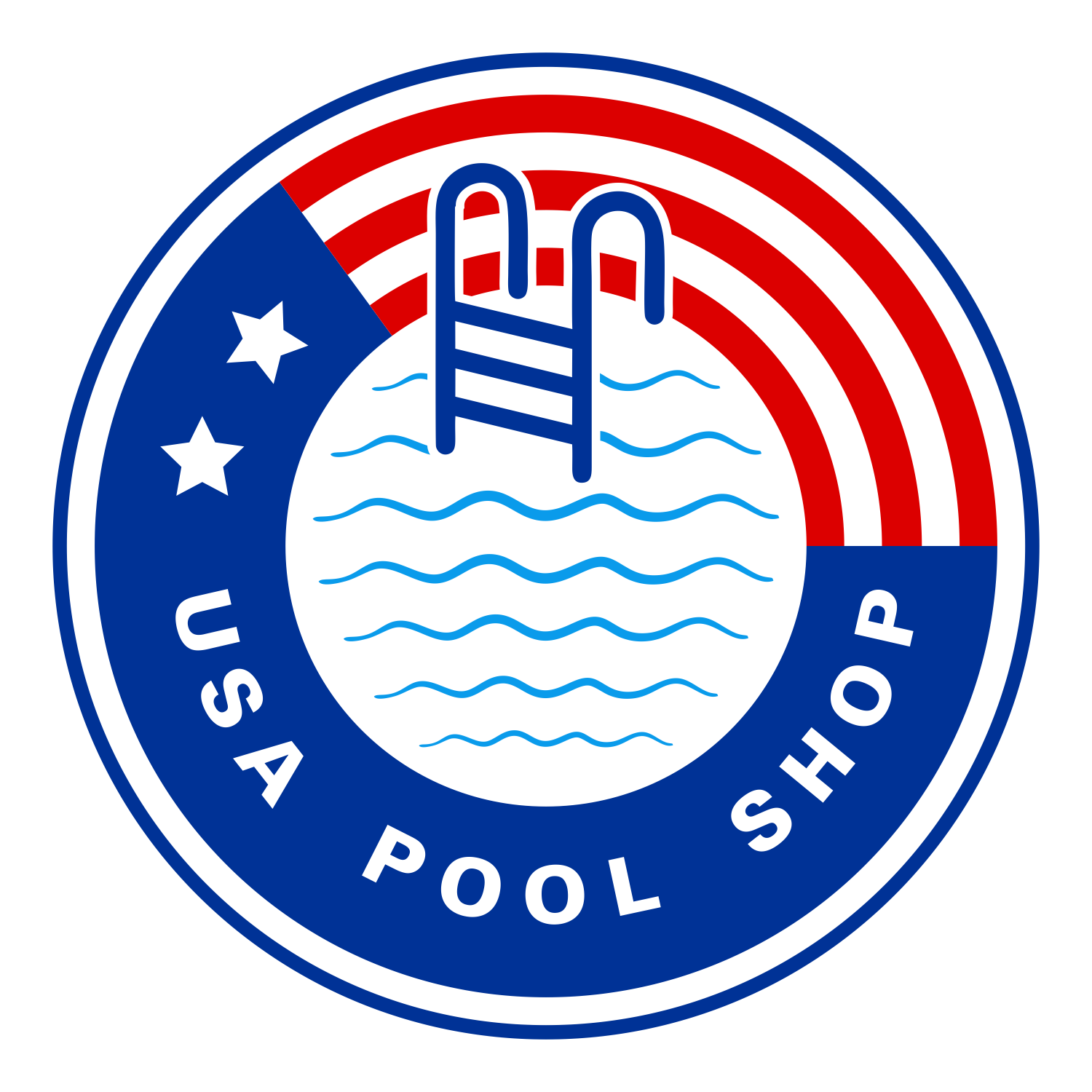
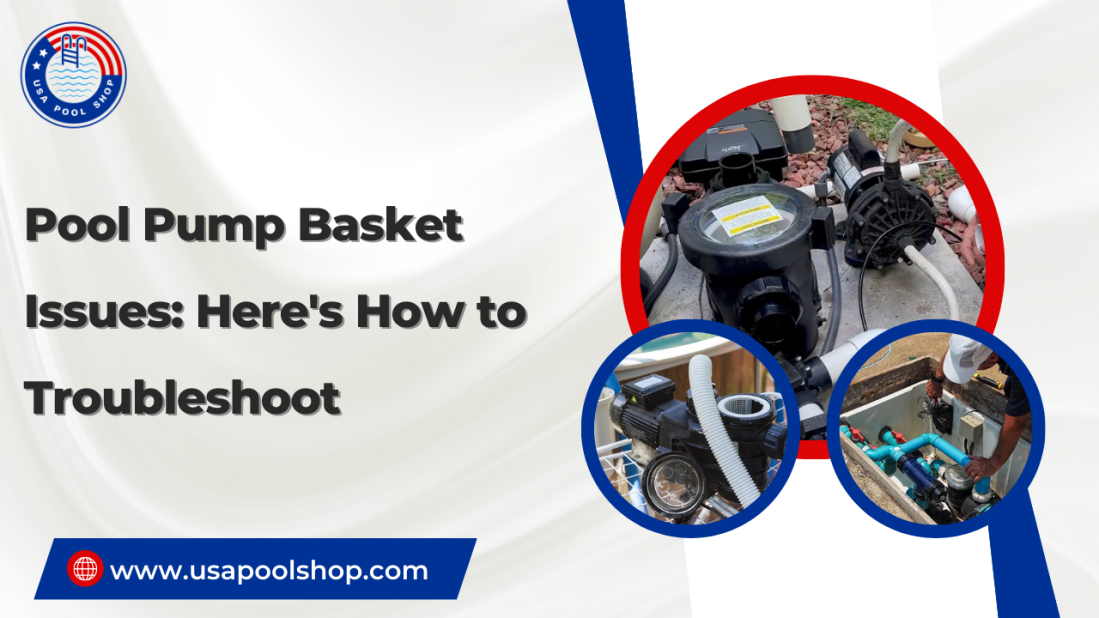
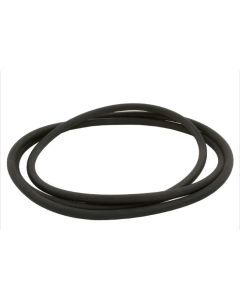
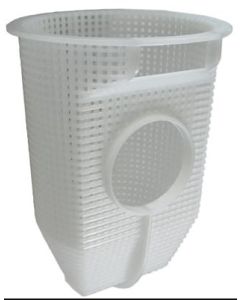
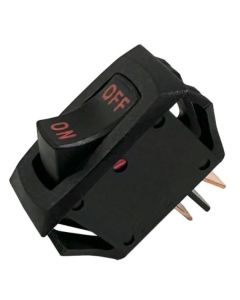
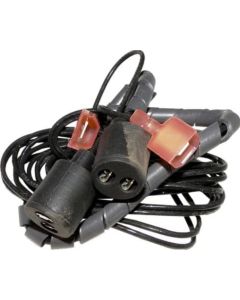
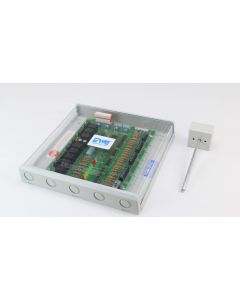


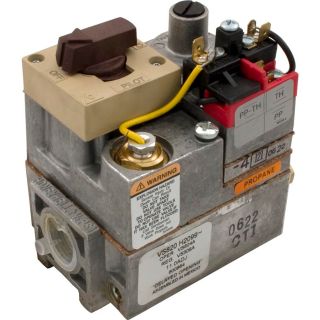
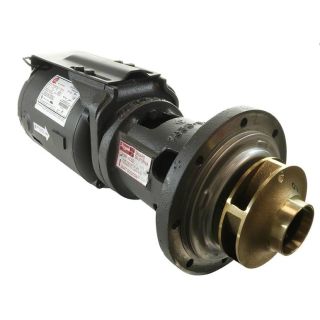
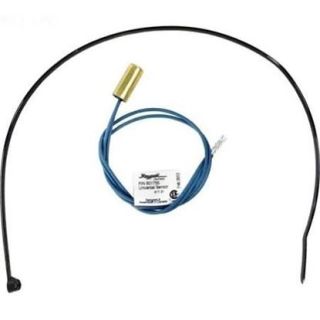
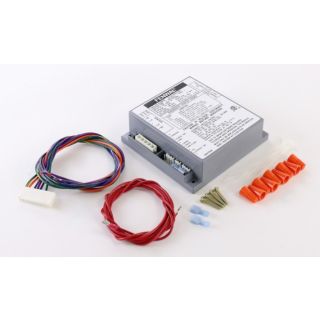

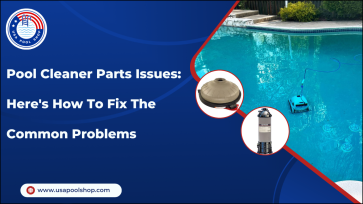

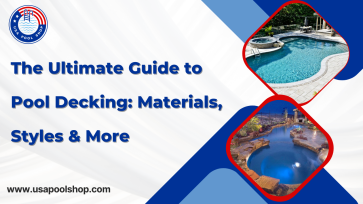
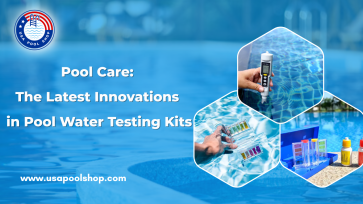
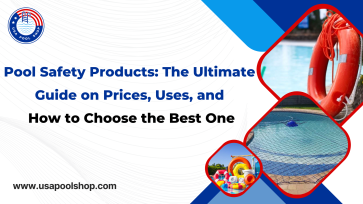
Validate your login